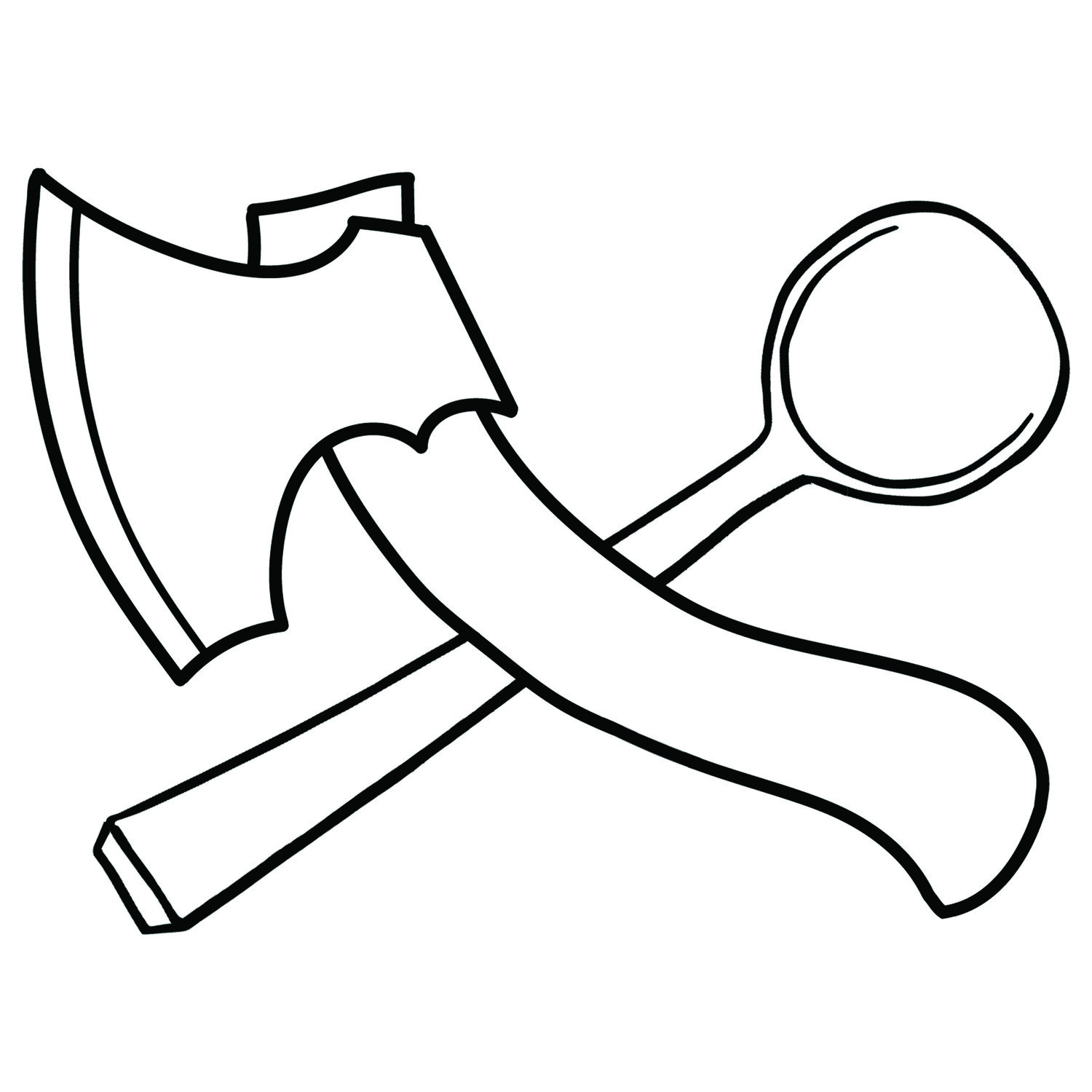The Only Way To Improve
The Importance of Repetition
Maple spatulas axed out.
"100 more and it should be nice and easy" - Yoav Elkayam
Repetition is the only way to improve a skill. It's how we learn language as a baby. It's how we get good at throwing a ball. Green woodworking is no different. Repetition and focus develops skill. It builds muscle memory. Repetition allows us to know when something 'feels' right.
In so many different crafts, people advance their skills by relentlessly repeating the same form over and over again. Green woodworking used to be the same. Repetition leads to efficiency. Efficiency leads to quicker production time, which leads to lower production costs.
With the rise of green woodworking as a hobby, this kind of repetition is becoming rare. I have no problem with casual carvers making something different each time. But if a form is never repeated, you won't discover if it can be improved. Production carving, the repeated carving of the same item, greatly encourages a focus on repetition.
Production carving is all about understanding the efficiency that repetition can provide. It breaks down a complex task into simple functions. When I make utensils from straight grain wood I never carve a single item, start to finish, in one go. I always break it down into smaller steps.
In the fantastic book 'Swedish Carving Techniques' Willie Sundqvist describes 11 different knife grips:
- The forehand grip
- The chest-lever grip
- The simple pull stroke
- The reinforced pull grip
- The draw grip
- The thumb-joint grip
- The modified thumb-joint grip
- The reinforced thumb-joint grip
- The thumb-push stroke
- The wrist grip toward the body
- The wrist grip toward the opposite hand
Eleven different techniques, for just the knife! Constantly switching grips can lead to inefficiency and mistakes. I focus on one technique and use it repeatedly. I will split a round into sections and on each of those sections perform one kind of cut. I will use that cut to shape a section of that piece. When that piece is ready for a different cut, I set it aside and use the same technique to get another section of wood to the same point.
American sycamore split and ready for carving
Butter spreaders ready for some drying time.
By just focusing on one technique I can really concentrate on getting it right. Any insights on how to better perform that cut can be immediately applied to the next item. And the next one. This also helps with consistency. By performing the same cut, in the same way, it is easier to ensure one item is like another. I challenge you to carve two identical items. It takes great skill to do so.
That said, I rarely strive for the items to be 100% identical. Wood, even from within the same log, can vary quite dramatically in colour and grain. The nature of handmade items is that each one is unique, and the slight variances between them is what makes them interesting. But if shapes vary too much, then it's often a sign that I'm failing to apply the technique consistently.
Repetition is the only way to learn. Through repetition we gain confidence and skill. By making the same item over and over we learn techniques that can be applied to other forms. When it comes to carving one-off items, often using uniquely shaped or patterned wood, we then have the skill set already developed to ensure that special piece does not go to waste.



